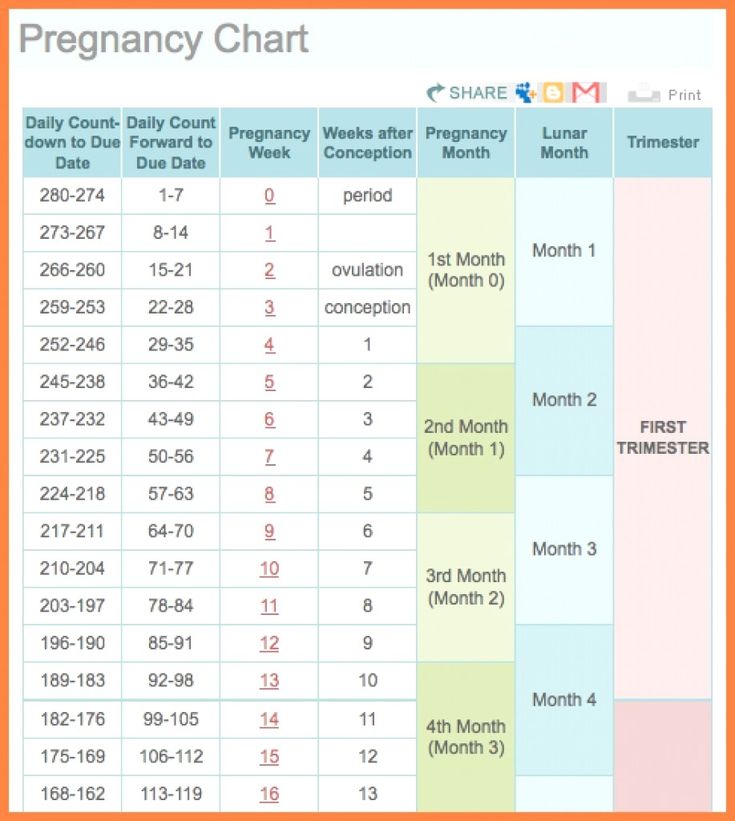Excessive milk production
Too much breast milk? How to reduce oversupply
Sometimes you may feel like you’re producing too much breast milk, especially in the first few weeks of breastfeeding. Read on to find out if you really have an oversupply of milk, and what you can do about it
Share this content
Breast milk is amazing, so having lots is a good thing, right? Well, not always... Some babies struggle with the fast flow that usually accompanies an overabundant milk supply. And mums with oversupply can often feel very uncomfortable, with frequently or constantly leaking breasts, and may be more likely to suffer from recurrent mastitis.
Fortunately, there are a number of strategies that can help. But before you try any of these, ask yourself two key questions:
Do I really have too much breast milk?
Some symptoms of oversupply (outlined below) may have a number of other possible causes. It’s unwise to try to decrease your milk supply until you’re sure that oversupply is the underlying problem. Otherwise you could end up with less breast milk than your baby needs, particularly in the crucial first month when you’re trying to establish your supply.
Is oversupply a problem for me or my baby?
If you’re sure you have an oversupply of breast milk, but you and your baby are happy, there’s no need to do anything. Most cases settle down after the first few months. And as your baby grows, he’ll get better at dealing with a fast flow, and may come to enjoy it!
Leaking doesn’t always mean too much breast milk
During the first four to six weeks after your baby is born, your levels of the milk-making hormone prolactin will be increasing each time milk is removed from your breasts. In these early weeks, your breasts are learning how much breast milk your baby needs and how much to make every hour. As a result, excessive leaking and breasts that fill quickly – and even spray milk during let down – are common and normal. 1
1
At the same time, your newborn is also learning to coordinate the way he sucks and swallows, so some coughing and spluttering at the breast is also to be expected.
After around four to six weeks, surges in your prolactin will gradually decrease, and your milk production should start to follow a more straightforward ‘supply and demand’ process based on your baby’s needs.2 But with so many hormonal changes happening in your body as a new mum, it’s not surprising that it can take time to adjust. Some mums find that their milk supply settles down quickly, while for others it may take a little longer.
Signs of breast milk oversupply in your baby
Overabundant milk supply seems to go hand-in-hand with a fast flow, especially during the first let down. Your baby may respond by coughing and spluttering near the start of a feed, clamping or biting down, or holding the breast very loosely in his mouth. He may come off the breast because the fast flow is a bit of a shock to him, and then cry because his feed has been interrupted. He’ll probably take in large volumes of milk, along with lots of air, and might spit up a lot and need frequent burping as a result. Be as gentle as possible if you’re burping him – jerky movements combined with a quickly filled belly can cause vomiting and upset some babies.
He’ll probably take in large volumes of milk, along with lots of air, and might spit up a lot and need frequent burping as a result. Be as gentle as possible if you’re burping him – jerky movements combined with a quickly filled belly can cause vomiting and upset some babies.
At the start of a breastfeed, the milk your baby is getting is relatively low in fat and consists mostly of lactose (sugar) and protein. As the feed progresses and your breast empties, the fat content of your milk steadily increases. In cases of oversupply, your baby may become full before he has completely drained your breast. This means that he is getting plenty of lactose-rich breast milk, but not as much of the high-fat milk that comes towards the end of a feed. Too much lactose, instead of a balanced meal, can be hard for babies to digest, resulting in explosive, frothy, green poos.
Paradoxically, in this situation your baby may want to feed constantly and be fussy in between feeds – although he’s taking in lots of calories, the low fat content of the milk means he never feels fully satisfied. This is because it’s the fat in food that makes us feel full. Think of the difference between eating dozens of rice crackers, and eating some cheese and biscuits – the cheese will make you feel more satisfied as it’s higher in fat.
This is because it’s the fat in food that makes us feel full. Think of the difference between eating dozens of rice crackers, and eating some cheese and biscuits – the cheese will make you feel more satisfied as it’s higher in fat.
However, all of the above symptoms can be caused by other things, such as reflux, allergies or even, conversely, a low milk supply. Only if they are combined with excessive weight gain is breast milk oversupply likely to be the cause. Babies are expected to gain around 900 g (2 lb) per month, but in cases of oversupply, they will put on much more – often around double that.1 If your baby appears to have symptoms of oversupply but is gaining an average amount of weight, see a lactation consultant or breastfeeding specialist for advice.
Oversupply symptoms you may experience
Mums with too much breast milk often experience uncomfortable feelings of engorgement and tension and constantly feel overfull.3 As we have seen, leaking breast milk is normal in the first six weeks or so, and not usually a sign of oversupply.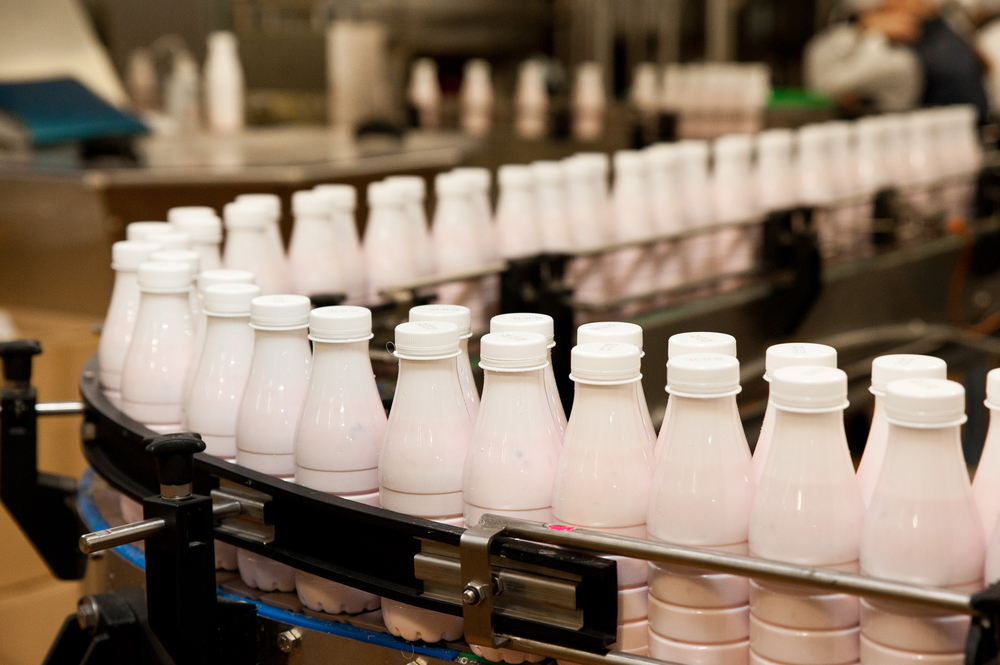 But if you’re still getting soaked every time your baby feeds after this period, it may be an issue.
But if you’re still getting soaked every time your baby feeds after this period, it may be an issue.
Because a baby can’t always drain a very full breast, it’s also common to experience blocked ducts or repeated bouts of mastitis as a result of oversupply. However, these problems may also have other causes.
How to decrease milk supply
If you’ve established that you have too much breast milk and it’s a problem, here are a few simple measures that may help. For some mums these are sufficient:
- Try laid-back breastfeeding. Feeding in a reclined position, or lying down, can be helpful because it gives your baby more control. He can set the pace and lift his head for a break if your flow is too fast for him. Remember to place a towel underneath you to catch any excess milk!
- Relieve pressure. If your breasts are very uncomfortable you can hand express or pump a little milk to relieve them – but try to express the smallest amount possible.
 Each time you remove milk, you’re sending your breasts a message to produce more. So, while expressing can bring temporary relief, in the long run it could make the problem worse. If you need to express and store milk for times when you’re apart from your baby, it’s best to wait until you’ve addressed your oversupply.
Each time you remove milk, you’re sending your breasts a message to produce more. So, while expressing can bring temporary relief, in the long run it could make the problem worse. If you need to express and store milk for times when you’re apart from your baby, it’s best to wait until you’ve addressed your oversupply. - Try nursing pads. If you're leaking milk, popping disposable nursing pads super or milk collection shells inside your bra could help you stay dry. If your leakage is only light to moderate or you have leaking breasts during pregnancy, Ultra thin disposable nursing pads will help you feel confident in a discreet way.
- Avoid lactation teas and supplements. If you’ve been drinking mother’s milk teas, eating lactation cookies or taking herbal supplements to encourage breast milk production in the early days, make sure you stop – these could now be part of the problem.
Block feeding to reduce milk supply
If you’ve tried the above and you or your baby are still having problems, a technique called block feeding could get your supply to a more manageable level.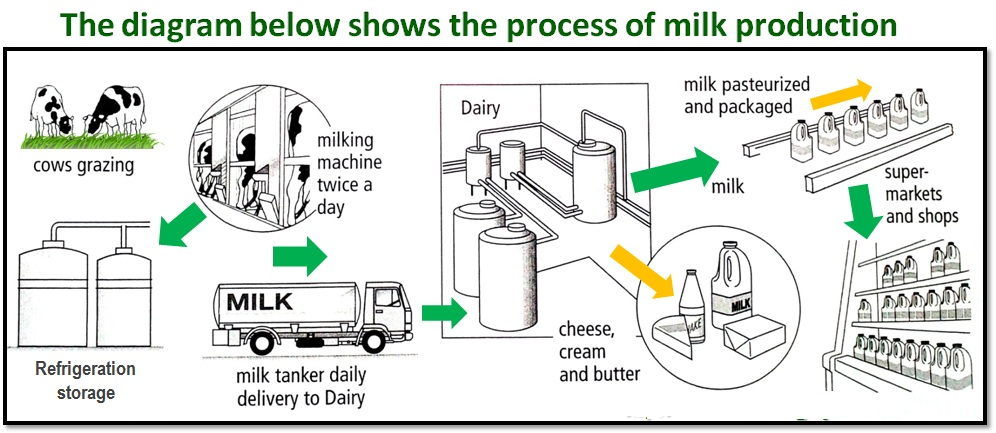 But get advice from a lactation consultant or breastfeeding specialist before trying this method.
But get advice from a lactation consultant or breastfeeding specialist before trying this method.
With block feeding, you breastfeed your baby whenever he wants for a period of four hours, but from one breast only. Your other breast will become very full of milk. As your breast milk contains something called ‘feedback inhibitor of lactation’ (FIL), the excessive fullness signals that breast to slow down milk production. It’s your body’s way of ensuring that your breasts don’t fill up endlessly.
Try this technique for 24 hours, alternating breasts every four hours. If there’s no improvement, you can increase the length of the blocks to six hours.
Full drainage and block feeding technique
If there’s still no improvement after another 24 hours, there’s another version of this technique that can be suitable for mums with more extreme oversupply, called ‘full drainage and block feeding’.3
With this method, you use an electric breast pump to fully drain your breasts at the start of the day, then feed your baby immediately afterwards. The flow will be slower, which means your baby should be able to cope better. He’ll also get more of the higher-fat milk that comes at the end of a feed, so will feel more satisfied.
The flow will be slower, which means your baby should be able to cope better. He’ll also get more of the higher-fat milk that comes at the end of a feed, so will feel more satisfied.
You can then begin block feeding for four hours at a time, as above. If this isn’t effective, switch to blocks of six, eight or 12 hours the next day, depending on how severe the oversupply problem is. Talk to a healthcare professional before attempting this technique.
You may not need to fully drain your breasts again after the first instance, but some mums need to do it once or twice more. Some mums notice an improvement within one or two days, or a little longer, but block feeding should not be continued for more than five days.
References
1 Morbacher N. Breastfeeding answers made simple. Amarillo TX, USA: Hale Publishing; 2010.
2 Cox DB et al. Blood and milk prolactin and the rate of milk synthesis in women. Exp Physiol. 1996;81(6):1007-1020.
3 van Veldhuizen-Staas CG. Overabundant milk supply: an alternative way to intervene by full drainage and block feeding. Int Breastfeed J. 2007;2(1):11.
Overabundant milk supply: an alternative way to intervene by full drainage and block feeding. Int Breastfeed J. 2007;2(1):11.
Too Much Milk and Oversupply
While it’s good to have plenty of milk, some mothers produce more milk than their babies need. This is commonly called oversupply and can be very challenging.
Some babies cope very well with a generous milk supply; however, some babies, whilst appearing to thrive, will be unhappy and uncomfortable. Oversupply can also make nursing uncomfortable for the mother and increase the risk of mastitis.
Symptoms
How does oversupply happen?
A note about foremilk and hindmilk
How your milk supply is established
What can I do to remedy symptoms of oversupply?
Reducing your milk supply
Coping with leaking
As milk flow slows
Adjusting to the new normality
Symptoms
The main symptoms of oversupply for a baby are:
- Very large weight gain (as much as 400g/14oz per week), moving upwards through centile lines
- Explosive green, frothy poos
- Struggling to control milk flow
- Pain and excessive wind or ‘gas’
You may also notice the following:
- Choking, coughing, spluttering at the breast
- Fussing, arching and pulling on and off the breast
- Clamping down or biting (to slow the flow of milk)
- Frequent spitting up
- Always appearing ravenous and unsatisfied despite large weight gain
- Unwillingness to nurse to sleep or find the breast a restful and calming place
- Breast refusal
- Faltering weight gain (due to breast refusal)
- Lots of wet and dirty nappies
- General ‘colicky’ behaviour
A mother with oversupply may have the following symptoms:
- Breasts that are rarely soft or comfortable
- A forceful or ‘over-active’ letdown
- A painful letdown
- Profuse leaking
- Painful nipples (from baby clamping and pulling on and off)
- Recurring blocked ducts and/or mastitis (see here for more info)
- Distress about your breasts not providing the calming place for your baby you had expected
Some of these symptoms may have other causes and they may also fall within the normal range, so it is important to rule things out before taking steps to reduce your milk supply, as this can have longer term consequences.
It is also important to consider all, and not just any one, of the symptoms and to consider them in context; for example, an occasional green poo does not indicate oversupply, and it is not uncommon for newborns to be gassy and have ‘colicky’ symptoms. Allergies, reflux and other problems can also present similar symptoms.
How does oversupply happen?
Some mothers naturally produce large quantities of milk and occasionally there are medical reasons for an over-abundant milk supply. In addition, we tend to produce more milk with each baby. Oversupply can also occur as a result of breastfeeding management, for example, if a baby’s feeds are scheduled or if a mother is told to feed from each breast for a certain amount of time.
You may be given conflicting information about foremilk and hindmilk and how long a feed ‘should’ last, or you may be encouraged to express milk to stay ahead of demand. Sometimes these ‘rules’ interfere with the regulation process. Milk production is best regulated by your baby’s appetite.
When you breastfeed responsively, following your baby’s cues (and your body) rather than a schedule, milk production adapts to their needs. Occasionally, an ineffective latch can contribute to oversupply, as a baby might feed very frequently to get the volume they need; however, more typically, this tends to reduce milk supply over time.
A note about foremilk and hindmilk
There is a common misconception that the breasts make two different kinds of milk – thirst-quenching, lower-fat foremilk and fat-rich hindmilk – and that one is inferior to the other; this is not the case! All breastmilk is good; however, typically, the fat content increases during the feed, as the fat globules stick to the ducts and tend to be drawn down towards the end of a feed.
You may be encouraged to feed on one side for a certain length of time in order to ‘get to the hindmilk’; however, it is not the length of a feed that is important, it is the length of time between feeds. Why? The length of a feed doesn’t determine its fat content; some babies get everything they need in 5 minutes! Fat content is determined by the fullness of the breast. If there is a long gap between feeds and the breast is full, the baby may get a large quantity of lower-fat milk before much of the fat starts getting pulled down. The same may be true if a mother naturally produces very large quantities of milk. In the absence of fat-rich milk, the lower-fat milk moves through the gut faster than it can be digested, leading to fermentation and signs of lactose overload, such as green, frothy stools, ‘gas’ and pain.
If there is a long gap between feeds and the breast is full, the baby may get a large quantity of lower-fat milk before much of the fat starts getting pulled down. The same may be true if a mother naturally produces very large quantities of milk. In the absence of fat-rich milk, the lower-fat milk moves through the gut faster than it can be digested, leading to fermentation and signs of lactose overload, such as green, frothy stools, ‘gas’ and pain.
What is most important to a baby’s weight gain is the total volume of milk every 24 hours. When your baby is feeding effectively and you allow them to determine the length and frequency of breastfeeds, they will also get the right balance.
You can find more about the fat content of milk here
How your milk supply is established
Before you baby is born, milk production is hormonally driven. After birth and the delivery of the placenta, milk production is regulated on a supply and demand system; the more milk your baby removes, the more milk you are likely to make.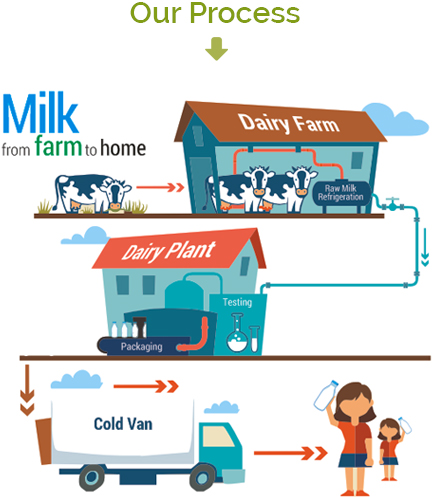 How quickly or slowly milk is made depends on the fullness of the breast. When the breast is less full, milk is made more rapidly. When the breast is full, milk production slows down.
How quickly or slowly milk is made depends on the fullness of the breast. When the breast is less full, milk is made more rapidly. When the breast is full, milk production slows down.
Typically, milk supply takes 6-8 weeks, and sometimes up to 12 weeks, to regulate. Nature can be overly generous at first and it can take time for your supply to settle down to what your baby actually needs. It is not unusual in the early weeks to feel as if you have too much milk and it is not unusual to have periods when the breasts feel engorged. Feeding frequently and removing milk from the breasts is essential to resolving engorgement; it won’t make the engorgement worse or result in too much milk.
Periods of increased nursing due to development changes and growth spurts can also cause fluctuations in supply. Many mothers find there are changes to their babies’ nursing patterns during holidays and family get-togethers, or during periods of stress. Milk supply is very adaptable; if you follow your baby and your body, rather than the clock or a schedule, your supply will most likely regulate itself at these times.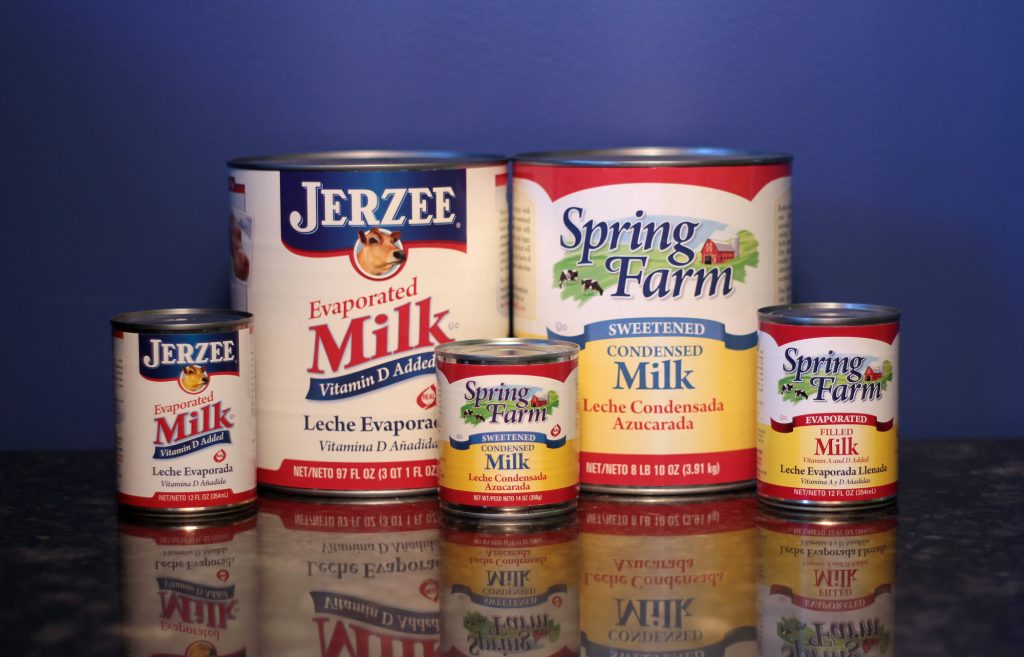
What can I do to remedy symptoms of oversupply?
In the first instance, you might like to consider adjusting positioning and attachment to help your baby manage a fast letdown, feeding responsively (‘on demand’) and/or offering more frequent feeds, and using breast massage.
Managing a Fast letdown
When your baby suckles at the breast, a neurohormonal reflex causes milk to release. This is known as the Milk Ejection Reflex (MER) or, more commonly, letdown. In the early weeks, it is not uncommon for this to occur just by thinking about or hearing your baby!
When the milk ‘lets down’, it is not unusual for it to spray out, and sometimes with a degree of force. Whilst some babies aren’t bothered by this fast flow, others are upset and distressed by it. They may gulp and cough and pull on and off the breast, as they struggle to coordinate sucking, swallowing and breathing. A fast letdown can be a symptom of oversupply; however, it is possible to have a fast letdown with an average milk production.
Unless your baby is showing other signs of oversupply (explosive green poo, pain and large weight gain), then it might be worth reviewing and experimenting with the following:
- Ensure that your baby is deeply attached at the breast – it is easier for a baby to manage a fast flow if they are deeply latched. An LLL Leader can help you adjust positioning and attachment.
- Adjust your body – make use of gravity by feeding in a ‘laidback’ (reclined) position. Some mothers find it helps to feed in an upright position or side-lying so that the excess milk can easily dribble out. Breastfeeding in a position where your baby’s head is higher than your breast, so that you are not leaning over, can help your baby to manage the flow.
- Allow your baby to come off the breast when he needs to catch his breath. Keep your supporting hand down near your baby’s shoulders and neck to avoid pushing on the back of his head. Have a muslin to hand to catch the spray.
- Let the flow subside by taking your baby off the breast, catching the spray in a muslin and then bringing him back to the breast.
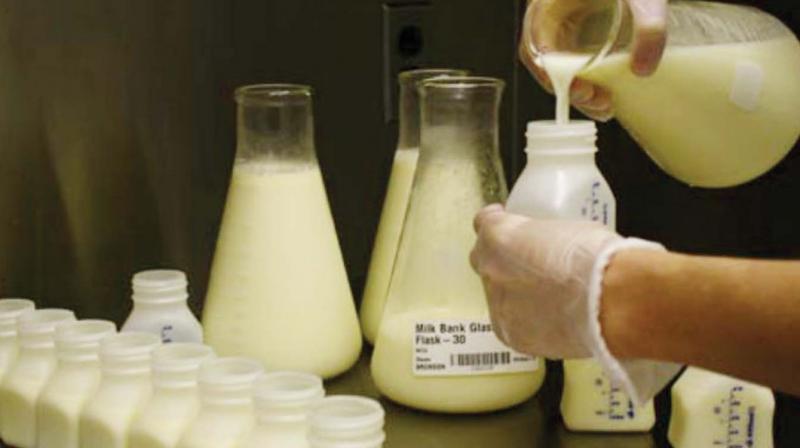 Your baby will have an easier time nursing when the flow slows. Some mothers hand express a little to slow the flow before bringing the baby to the breast; however, if this is done frequently, it may exacerbate oversupply. If your breast is very full and engorged, you might try reverse pressure softening to move fluids away from the nipple area, which can help your baby to latch more deeply. You can read more about this here
Your baby will have an easier time nursing when the flow slows. Some mothers hand express a little to slow the flow before bringing the baby to the breast; however, if this is done frequently, it may exacerbate oversupply. If your breast is very full and engorged, you might try reverse pressure softening to move fluids away from the nipple area, which can help your baby to latch more deeply. You can read more about this here - Feed frequently so that the spray doesn’t have quite so much volume and force behind it.
- Try breastfeeding before your baby is really hungry or while they are slightly sleepy – if your baby is relaxed she may nurse more gently, be more coordinated and receive a slower flow of milk.
Responsive feeding
How do you know how often or how long to feed your baby for? Let your baby tell you! We all have different milk storage capacities and this may determine how frequently your baby feeds and whether they feed from one side or two.
A good approach is to let your baby take as much milk as they want from the first breast. If they come off looking satisfied and your breast feels soft and comfortable, then offer the second breast; they may or may not take it. If your baby isn’t satisfied and wants to nurse again after a short period of time and the first breast still feels full, offer the first breast again, then offer the second breast.
Sometimes babies will only take one breast and sometimes two (or three or four!). Most babies will take both breasts, at least some of the time. Babies are very good at letting us know how often they want to feed and, if in doubt, it is always fine to offer.
Breast massage
You could also do what is sometimes called the ‘breast milkshake’. This term was coined by American lactation consultant Christina Smillie and involves gently massaging each side for half a minute or so before feeding and then using a combination of massage and breast compressions during a feed to help dislodge some of the fat. Massage during a feed can also help to prevent blocked ducts or areas of engorgement.
Massage during a feed can also help to prevent blocked ducts or areas of engorgement.
Sufficient fat-rich milk leads to the production of cholecystokinin (CKK) at high enough levels to give a feeling of satiety. Without enough fat-rich milk, a baby acts hungry even though he has a full stomach; he feels uncomfortable and windy because of his overfull stomach so may want to nurse even more, for comfort as well as food, creating a vicious cycle.
You can find information about breast compressions below
Reducing your milk supply
If your baby is gaining more weight than average and you and your baby are happy, then you don’t need to change anything. If you or your baby are suffering from some of the above symptoms, you have ruled out other causes and changes to breastfeeding management do not help, then you may want to consider taking steps to gradually slow milk production.
Consult an LLL Leader before using these approaches. This is especially important if your baby is under one month old, or you are experiencing other problems such as sore nipples or mastitis.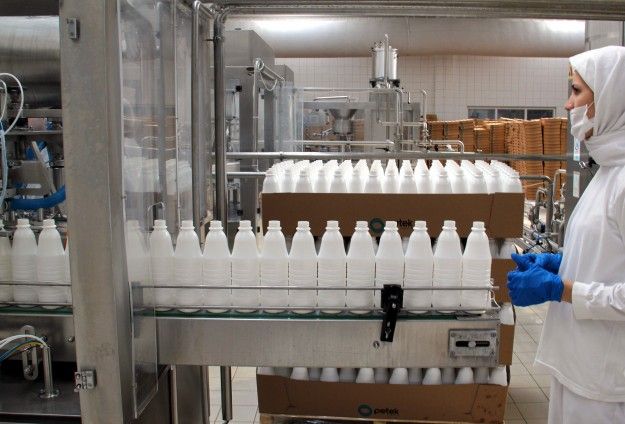
Monitor your baby’s weight gain to ensure it doesn’t drop below expected levels (at least 20-30g a day, on average, during the first three or four months) and keep a close eye on nappy output.
One side per feed
Limit your baby to one breast per feed. If your baby wants to come to the breast again for comfort or connection before the next full feeding, stay on the first breast. When a mother has a generous milk storage capacity, her baby may only need to feed on one side and this approach may help to calm things down. Should the unused breast feel uncomfortably full before the next feed, then express to comfort only. This will help avoid developing blocked ducts or mastitis and may also make milk flow more manageable for your baby. Avoid excessive pumping, as it can make things worse.
Block feeding
Block feeding involves feeding on the same side for set periods of time, e.g. for two or three hours (or longer depending on the severity of your oversupply). If your baby wants to feed again within that timeframe, offer the same side. Again, If the other breast feels uncomfortably full before the next feed, then express to comfort only. As a starting point, you might like to:
If your baby wants to feed again within that timeframe, offer the same side. Again, If the other breast feels uncomfortably full before the next feed, then express to comfort only. As a starting point, you might like to:
- Limit your baby to one breast for about two hours, allowing him to nurse as often and as long as he likes, but only on that one side.
- Continue in this way, switching breasts every two hours. If your baby is asleep, switch breasts when he wakes.
It is important not to have a rigid approach to block feeding; it is much more a matter of reading your breasts and your baby than the clock. By doing this, you will find the time interval that works best for you and your baby, by slowing production at the same time as ensuring that your baby is fed.
It is possible to experience oversupply in just one breast, in which case you could nurse for longer periods on the unaffected side. Watch for blocked ducts and sore areas on your breast. If you’ve been expressing regularly, reduce this gradually to avoid further problems.
If you’ve been expressing regularly, reduce this gradually to avoid further problems.
By sticking to one side per feed or for set intervals of time, the unused breast will be fuller. A full breast makes milk more slowly and, therefore, you will gradually reduce your supply.
Full drainage and block feeding method
For more severe oversupply – for example, if you are suffering from recurrent blocked ducts or mastitis and your breasts never feel soft and comfortable, even after a breastfeed – you will need to keep your breasts well-drained while you take steps to reduce milk production.
You could try the following, in consultation with an infant feeding specialist, in addition to block feeding:
- Express from both sides thoroughly to “empty” your breasts as fully as possible.
- After expressing, immediately offer both “empty” breasts to your baby.
- Next, limit your baby to one breast changing sides every two or three hours (as per block feeding above).

Some mothers will need to use this approach only once. However, if your breasts feel uncomfortably full you may need to repeat it, increasing the interval between each pumping, before your breasts completely readjust.
Herbs
Some mothers have had success using herbal preparations, such as sage, parsley and peppermint, or homeopathic remedies to slow milk production. Prescribed and over-the-counter medications (such as pseudoephedrine) can also be used in this way. When using herbs or medications, it is important to consult with someone knowledgeable in their use and with your healthcare provider.
If you still have problems
After 4-7 days, your breasts may be more comfortable. If your baby still has trouble coping with the supply of milk, and/or has other symptoms and you are not experiencing uncomfortable engorgement, you can increase the block of time you keep your baby to one breast. It’s important to build up the time you limit your baby to one breast very gradually – an extra hour or two at a time – so you experience comfortable fullness while avoiding blocked ducts and mastitis.
Some women with extreme oversupply have gone as long as six or more hours before switching breasts to adjust milk production. Rarely, a hormonal imbalance may cause overproduction of milk. A visit to your doctor may be helpful if the suggestions offered here aren’t enough.
Block feeding should be a temporary measure. Typically, it is suggested that it is done for no more than one week and only when babies are gaining double (or more) the average weight. Once supply has settled, you can return to a more normal feeding pattern, following and trusting your baby and your body.
Coping with Leaking
Breast pads inside your bra will provide some protection from leaks. Avoid plastic backed pads, as these can trap wetness next to the skin and cause soreness.
If you feel the tingling of your milk beginning to flow, pressing hard on your nipples and areolas for several seconds may prevent leaking. This can be done quite unobtrusively by crossing your arms tightly across your chest and pressing firmly on your nipples with the palms of your hands for a few seconds before releasing.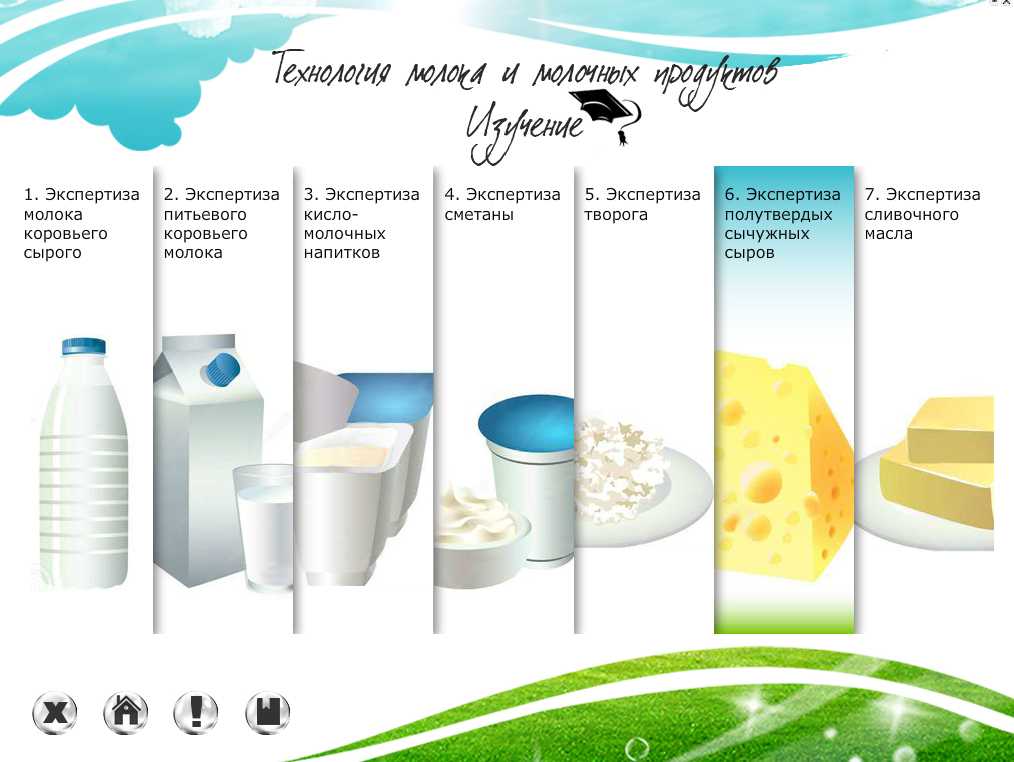 If it doesn’t work first time, try again for a little longer, but bear in mind that if your breasts feel full, this may be a sign to take the time to nurse your baby.
If it doesn’t work first time, try again for a little longer, but bear in mind that if your breasts feel full, this may be a sign to take the time to nurse your baby.
As milk flow slows
Babies used to an abundant milk flow can become fussy at the breast when milk flow slows. They may also have become used to having a more shallow latch, as they have not had to work as hard to get milk. Ensuring your baby has a good, comfortable latch can help them remove milk effectively. You can use breast compressions to increase milk flow and encourage your baby to keep feeding actively. Breast compressions can also help to release more of the fat-rich milk:
- Support your breast with one hand – thumb on one side, fingers on the other.
- Wait while your baby breastfeeds actively, his jaw moving all the way to his ear. When he stops swallowing, compress your breast firmly. Hold it squeezed until he stops nursing actively and then release your hand.
- Rotate your hand around your breast and repeat step 2 on different areas of the breast as needed.
 Go gently – this should not hurt.
Go gently – this should not hurt.
Adjusting to the new normality
Always monitor your baby’s wet and dirty nappies, weight gain and overall well-being while following these strategies. Your baby’s weight gain may slow, especially if he has been comfort nursing to cope with the discomfort of lactose overload. A healthy baby will nurse to get the calories he needs – so follow his cues. A growth chart will indicate how he is doing (see Further Reading). Monitor weight over a period of several weeks to see a trend. If your baby has been gaining excessive amounts because of oversupply you may see ‘catch-down’ growth. Your baby will gain weight steadily, but may gradually drop against the percentile lines as your milk production adjusts. His weight should then settle into following a new percentile line on the chart.
Crossing more than one percentile line may be a sign you need to stop reducing your milk supply. Most mothers with oversupply usually find it easy to increase milk production by switching breasts more often if their babies’ weight gain drops too low or when their babies have a growth spurt.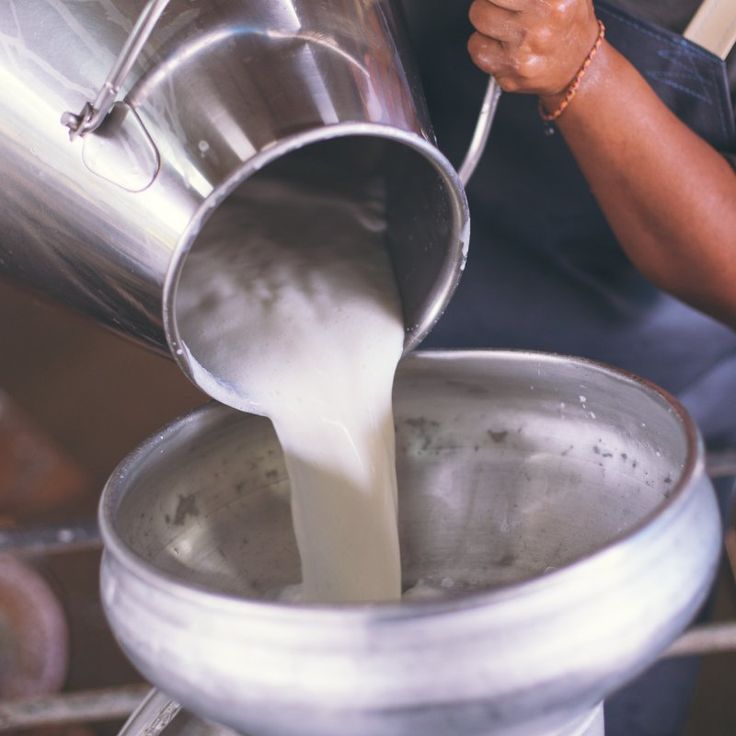
As things get more manageable, your breasts will feel softer and more comfortable and leaking will be reduced. Soft comfortable breasts between feeds during the early weeks are normal and a sign that your milk production is in tune with your baby’s needs. As your baby grows, gradual baby-led weaning can help avoid problems caused by sudden changes in feeding pattern and missed feeds. These strategies really can make a difference to both you and your baby if you have an overabundance of milk. You may also find it helpful to meet with other mothers at your local LLL group where you can exchange practical tips on nursing and mothering.
Written by Charlotte Allam, Karen Butler, Sue Upstone and mothers of La Leche League GB
Kimberly Seals Allers’ photos on this site are used under a creative commons license of Black Breastfeeding 360° http://mochamanual.com/bb/
Further Reading
Mastitis
Engorged Breasts – Avoiding & Treating
Hand Expression of Breastmilk
Is My Baby Getting Enough Milk
Comfortable Breastfeeding
Rhythms & Routines
The Unhappy Breastfed Baby
Allergies and Intolerances
Fat Content of Breastmilk – FAQs
Positioning and Attachment
Other websites
UK–WHO Growth Charts: www. rcpch.ac.uk/growthcharts
rcpch.ac.uk/growthcharts
Gastro-oesophageal Reflux: https://abm.me.uk/wp-content/uploads/ABM-reflux-breastfeeding-baby.pdf
Oversupply of Breast Milk: https://breastfeeding.support/oversupply-breast-milk/
Block Feeding Dos and Don’ts: http://www.nancymohrbacher.com/articles/2013/10/9/block-feeding-dos-donts.html?rq=oversupply
Foremilk and Hindmilk: http://www.nancymohrbacher.com/articles/2010/6/27/worries-about-foremilk-and-hindmilk.html
Books
The Womanly Art Of Breastfeeding. LLLI, London: Pinter & Martin, 2010
LLLGB kindle edition of Positioning & Attachment
References
ABM Clinical Protocol #4: Mastitis. Breastfeeding Medicine 2014; 3(3): 177-180.
Livingstone, V. The maternal hyperlactation syndrome. Medicine North America 1997; 20(2): 42-46.
Smillie, C. Campbell, S. & Iwinski, S. Hyperlactation: how left-brained rules for breastfeeding can wreak havoc with a natural process. Newborn Infant Nurs Rev 2005; 5: 49-58.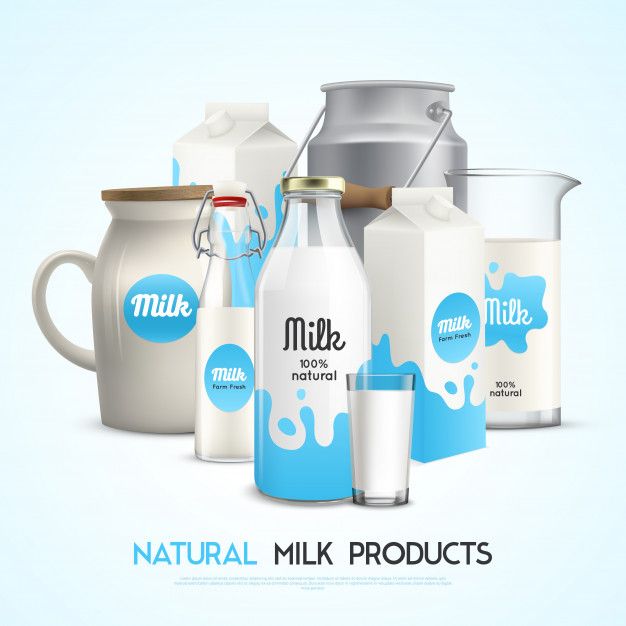
Van Veldhuizen-Staas, CGA. Overabundant milk supply: an alternate way to intervene by full drainage and block feeding. Int Breastfeed J 2007; 2(11) available online at: www.internationalbreastfeedingjournal.com/content/2/1/11
Wilson-Clay, B. Consultants’ Corner—Milk oversupply. Journal of Human Lactation 2006;22(2): 218-220.
Copyright LLLGB 2021
The main trends in the dairy industry are in the articles of Miltex LLC – Miltex
Our life does not stand still, everything around is constantly changing, new technologies appear, scientific discoveries occur, fresh data on various studies are published. All this significantly changes our views on many things, on our needs and interests. Including our consumer habits and requirements undergo changes over time. This forces manufacturers to constantly analyze market demand in order to understand where to go next and in what area to improve at this stage. The dairy industry is no exception.
Belarusian producers of dairy products have managed to establish themselves well far beyond the borders of our country.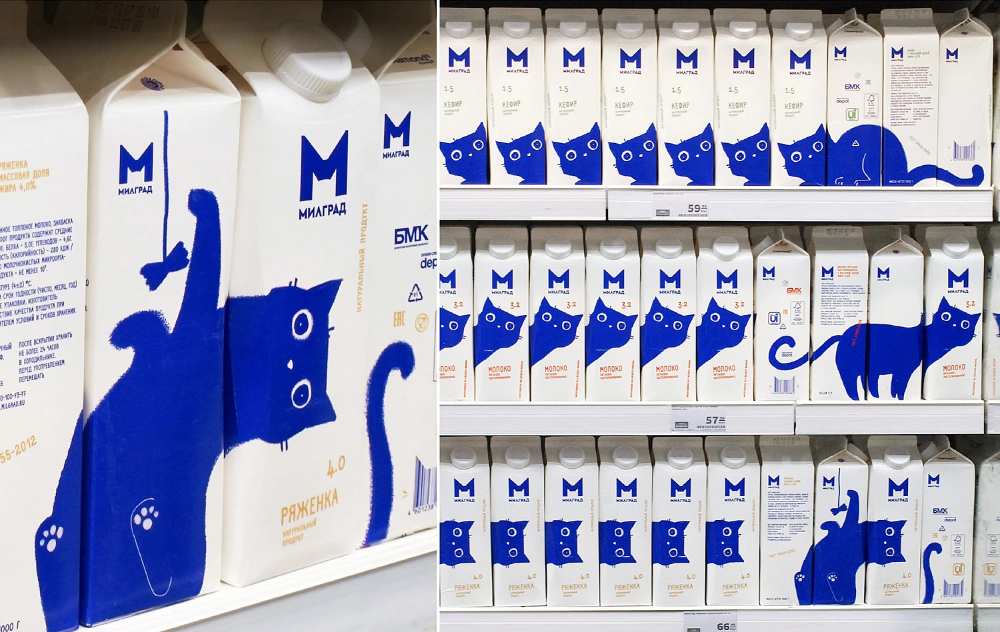 But what is behind their success? First of all, compliance with the highest quality standards both in the choice of raw materials and in the choice of production technologies, as well as the production of those products that are really in demand.
But what is behind their success? First of all, compliance with the highest quality standards both in the choice of raw materials and in the choice of production technologies, as well as the production of those products that are really in demand.
But what trends in the dairy industry can we talk about today?
Trend No. 1. Interest in products fortified with milk proteins
Not so long ago, there was an opinion that milk proteins are not included in the concept of a healthy diet, allegedly adversely affecting our body. However, now many experts agree that a healthy diet is a balanced diet. And milk proteins (casein, albumins, globulins, etc.) are also included in this concept.
Proteins found in milk contain all 20 amino acids necessary for a person, including ALL essential ones that are not synthesized in the human body and must be supplied with food. This fact makes milk unique and complete in composition.
Contrary to the previously widespread opinion about the dangers of milk for athletes, today it is known for certain that casein has a positive effect on the rate of formation of muscle and bone tissues.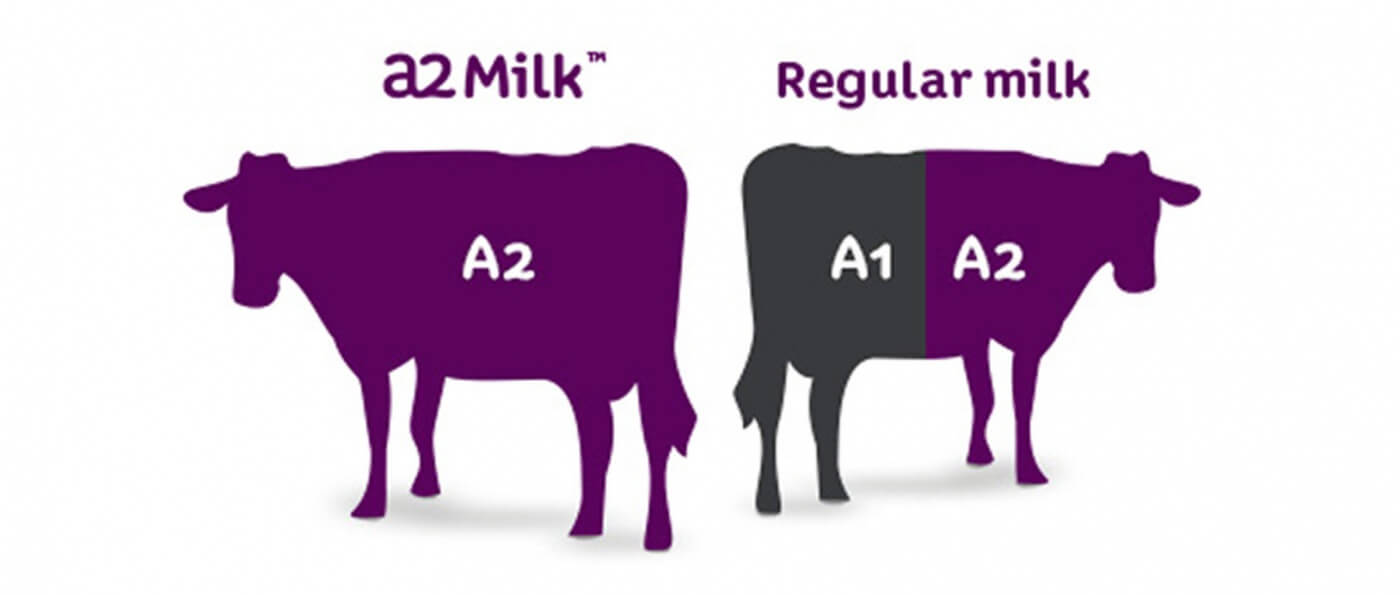
And whey proteins (globulin and albumins), in addition to contributing to the formation of muscle tissue, also have a positive effect on metabolism.
In addition, milk proteins help fight excess cholesterol, and also have an excellent anti-stress effect.
Given all these positive properties of milk protein, it is not at all surprising that people have ceased to be afraid of it and now, on the contrary, they are showing increased interest in it.
Trend #2: Reduced sugar dairy production
As society's awareness of the effects of certain substances on the body grows, an awareness of the need to limit the use of some of them is formed.
Sugar is just one of those components, the content of which is undesirable, especially in products that claim to belong to the category of healthy food.
It is known that excessive consumption of sugar contributes to high blood pressure, the development of heart disease and fat deposition.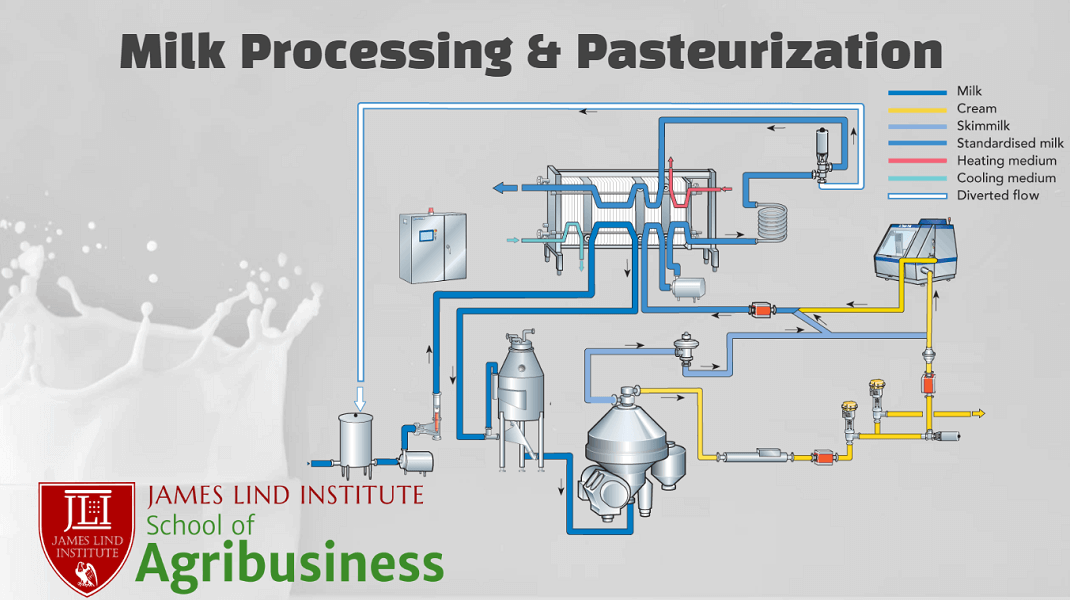 And this is still the shortest list of all the troubles that can be caused by an excessive passion for sweet foods.
And this is still the shortest list of all the troubles that can be caused by an excessive passion for sweet foods.
A serving of sweet yogurt may contain more sugar than the WHO recommended daily allowance.
Trend #3 Clean Label
This trend is associated with the desire of consumers to purchase natural simple products.
In which case can we say that the product belongs to the concept of "clean label"?
If it does not contain preservatives, various inhibitors, synthetic food additives.
The main idea of this trend can be formulated as follows: the simpler and clearer the composition of products, the better!
Trend #4: Experimenting with new flavors and aromas
Interest in unusual tastes and aromas is observed, first of all, from young consumers. That is why today on the shelves in the store, in addition to the usual strawberry milkshakes, you can find similar cocktails, for example, with the taste of "bubble gum" or the aroma of caramel ice cream.
However, it is worth noting that it is this trend that does not allow manufacturers to stop working on the search for new flavors and interesting combinations. Nevertheless, if it refers to such products as a treat or a dessert, this will not cause serious harm to the body.
Trend No. 5. Search for an alternative to cow's milk
Some people for medical reasons have to give up dairy products, someone seeks to limit the amount of calories consumed, and someone tries not to consume animal products. But whatever the motivation of consumers, the bottom line is that in recent years, more than ever, the demand for plant-based milk (including soy, rice, oat, coconut and almond milk) is high. Such alternative products are characterized by a reduced calorie content compared to cow's milk, however, the content of many useful elements in them will be less.
Changing eating habits
As you may have noticed, many new trends in the dairy industry are associated with a high public interest in following the principles of healthy eating, which are based on the results of scientific research.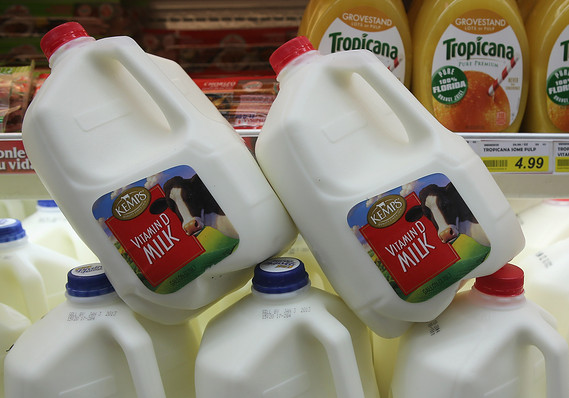
However, a healthy lifestyle is based not only on the use of healthy foods, but also on competent regular meals throughout the day. This means that you need to pay attention not only to the main meals, but also to snacks.
An example of a healthy snack would be Exponenta fermented milk drink. The products of this series are characterized by a pure composition, as well as a high content of whey protein, which helps to strengthen the immune system, as well as the formation of muscle tissue.
In addition, these products are a source of beneficial bacteria that have a positive effect on the functioning of the gastrointestinal tract.
Today, finding products with a clean and understandable composition in the store has become much easier than 10 years ago. We are paying more and more attention to what products we consume, which is a positive trend for the development of the food industry as a whole. One can only hope that such trends will continue, and healthy products will become even more affordable.
7 reasons why people should avoid cow's milk
February 15, 2017
If you still doubt that milk really has a bad effect on the human body, then the scientifically proven studies below should dispel all doubts. Since the slogan "meat and milk makes you sick" clearly does not contribute to the successful sales of these products, manufacturers of meat and dairy products make every effort to ensure that such information does not reach the consumer. All sorts of marketing strategies try to make us believe that milk is some kind of magical drink that keeps teeth, bones and skin healthy, when in fact they do just the opposite. Cow's milk is only good for calves, which are cruelly left without mother's milk these days.
Americans consume dairy products in huge quantities - an average of 272 kg per person per year. It is interesting to note that humanity has not always consumed dairy products (including cow's milk) - only over the past 7,500 years (and human existence has been around for 200,000 years).
NUTRITIONAL EXPERTS, SCIENTISTS AND PHYSICIANS DO NOT RECOMMEND THE EATING OF DAIRY PRODUCTS BECAUSE THEY ARE ASSOCIATED WITH VARIOUS SERIOUS PRODUCTS.
In the film “Forks over Knives”, Dr. Alona Pulde gives a thorough overview of dairy products
1. EVEN ORGANIC MILK CONTAINS HORMONES Dairy products contain a lot of female hormones. Store-bought cow's milk is high in estrogen and progesterone, which is a serious problem. This is mainly because cows are forced to produce milk all the time, even in the case of repeated production of offspring. These hormones are also found in dairy products labeled "organic" or "hormone-free" on their packages, because the cow's body produces them itself (even if she was not given additional hormones).
In the blood and urine of both adults and children, the amount of estradiol and progesterone increases in connection with the consumption of milk, and an increase in the amount of circulating estradiol in the blood is also associated with the use of dairy products. Studies have shown that men who drink milk metabolize the estrogen in milk, which significantly increases testosterone production.
Studies have shown that men who drink milk metabolize the estrogen in milk, which significantly increases testosterone production.
Pediatricians are sounding the alarm about the level of estrogen in cow's milk, since excessively early puberty at puberty may be due to the consumption of milk.
Numerous scientific studies confirm that milk consumption may be one of the risk factors for hormone-dependent malignant diseases (including ovarian, uterine, breast, testicular and prostate cancer).
2. DAIRY CASEIN INCREASES THE RISK OF CANCER
Casein, which promotes cancer and its development, is the main protein found in dairy products. There are suggestions that keeping the development of cancer under control by eating a diet low in casein is more effective than avoiding carcinogens. Insulin-like growth factor (IGF-1) is responsible for this connection, a hormone that promotes the reproduction and division of both normal and cancer cells. Dietary levels of IGF-1 are regulated, and consumption of animal protein (including casein in dairy products) increases blood levels of this cancer-causing hormone. It is for this reason that the consumption of casein contained in milk (and animal protein in general) is associated with the occurrence of cancer and its spread.
Dietary levels of IGF-1 are regulated, and consumption of animal protein (including casein in dairy products) increases blood levels of this cancer-causing hormone. It is for this reason that the consumption of casein contained in milk (and animal protein in general) is associated with the occurrence of cancer and its spread.
3. HIGHER RISK OF TYPE I DIABETES AND MULTIPLE SCLEROSIS
it can start attacking our own body.
Such automatic attacks are caused by contact with foreign peptides (including fragments of animal protein found in milk), which are similar to the components of the human body. The immune system is confused and no longer recognizes its own tissues and begins to attack them.
Dairy products have been linked to all sorts of immune system disorders, from allergic reactions to autoimmune diseases. Of particular concern is the association with type I diabetes and multiple sclerosis. In the case of type I diabetes, i. e. in diabetes, the immune system attacks the pancreas, causing it to no longer be able to produce enough insulin to regulate the amount of glucose in the body.
e. in diabetes, the immune system attacks the pancreas, causing it to no longer be able to produce enough insulin to regulate the amount of glucose in the body.
Numerous scientific studies support the association of cow's milk consumption with type 1 diabetes. One study found that cow's milk may contain a substance that causes this type of diabetes, and another study found that eating cow's milk increased the risk of type 1 diabetes by 1.5 times.
In multiple sclerosis, a person's immune system begins to attack their own nervous system. As with type 1 diabetes, those who drink cow's milk are at higher risk of developing multiple sclerosis.
4. EVEN PASTEURIZED MILK CONTAINS DANGEROUS MICROORGANISMS
Due to the presence of microorganisms in milk and dairy products, they are one of the main spreaders of diseases through food. Even with modern hygiene requirements (including pasteurization and aging), serious incidents can occur. Salmonella, listeria and colibacilli are the most well-known bacteria present in dairy products that cause disease.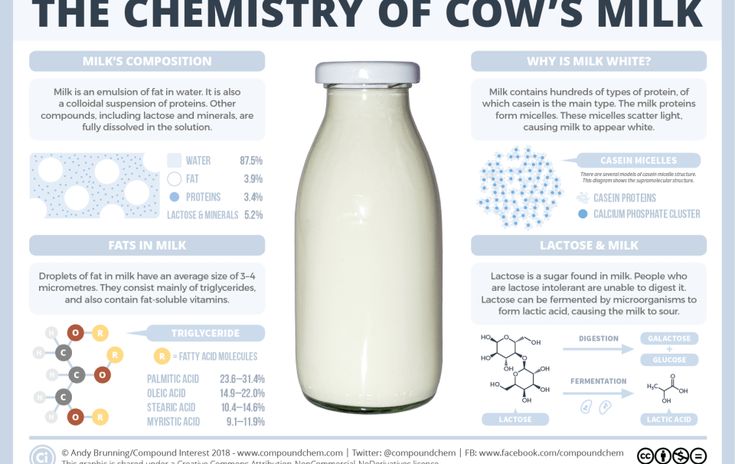 Three people died in the US last year from contracting Listeria through Blue Belli ice cream, and the company was forced to recall the entire shipment.
Three people died in the US last year from contracting Listeria through Blue Belli ice cream, and the company was forced to recall the entire shipment.
The US Veterinary and Food Department does not require that milk be completely sterile after pasteurization. Milk is brought to high temperatures in order to reduce the content of microorganisms in it.
5. DAIRY PRODUCTS O DUCTS CONTAIN HIGH PESTICIDES
Dairy products are also associated with organochlorine pesticides. Crop protection products pollute mainly water and agricultural land, however, due to the high fat content, dairy products tend to accumulate pesticides in large quantities. When testing products made from milk, they still contain pesticides that have long been banned. Unfortunately, there are still some organochlorine pesticides in the environment (such as DDT, which used to be quite widely used, but is now recognized as a carcinogen and banned) and they are present in food of animal origin, including dairy products.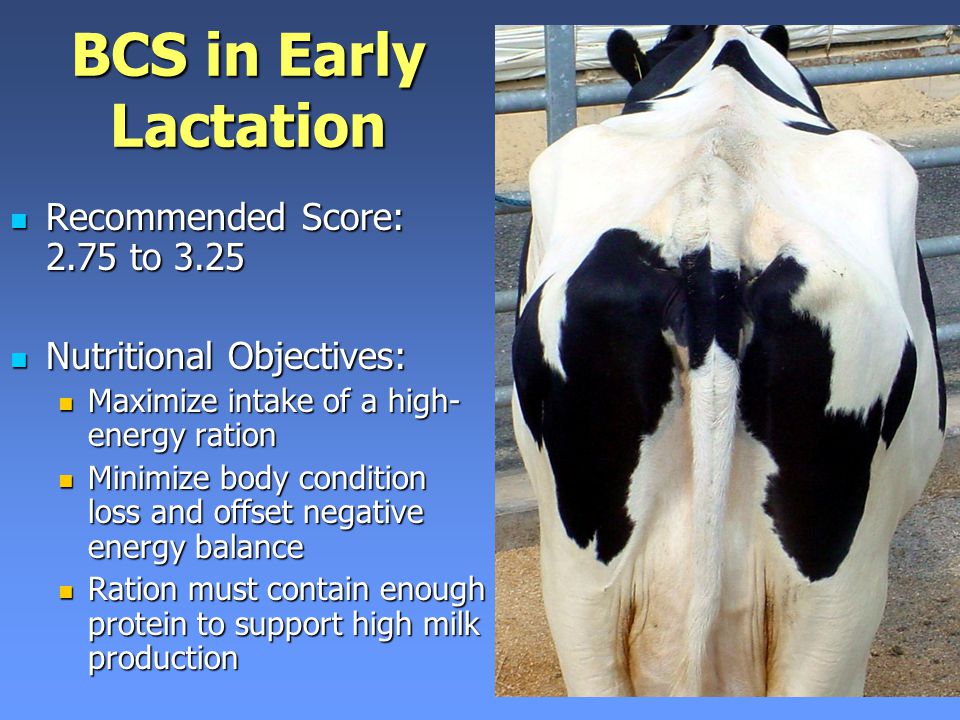
In India, milk and other dairy products such as cheese and butter have been found to contain the most foodborne substances DDT and hexachlorocyclohexane (HCH). During a routine check, it was found that in milk produced in Italy on dairy farms in the Sacco Valley, the level of ß-HCH exceeded the permitted level by 20 times.
6. ANTIBIOTIC RESIDUES
Herd animals are the world's largest consumers of antibiotics. But the drugs are used mainly not for the treatment of diseases, but for the prevention of infections and for increasing the growth of animals (the latter is prohibited in the European Union). Despite the warnings of scientists that the excessive use of antibiotics causes resistance (immunity), and they try to minimize their content in milk at the legislative level, traces of antibiotics are still found in milk and dairy products. Their presence in milk is difficult to prevent and control, since milk from single cows and farms is mixed into a single mass, and the use of drugs on different dairy farms can be different. And although the antibiotic content in milk is low, its presence can lead to numerous problems, ranging from resistance to allergic reactions.
And although the antibiotic content in milk is low, its presence can lead to numerous problems, ranging from resistance to allergic reactions.
7. DAIRY PRODUCTS CAUSE BRITTLE BONES
It may seem surprising, but milk does not really have a positive effect on bones. A lot of research has been done that refutes the outdated idea that milk makes bones strong. On the contrary, drinking milk increases the risk of bone fragility.
This has its reasons. For example, milk contains a large amount of calcium, which removes vitamin D from the body and thereby disrupts homeostasis (self-regulation of the system) in the bones. In addition, the animal protein contained in milk can cause acidosis (a shift in the acid-base balance towards acidity), and in order to neutralize the increased acidity, the body compensates for this by removing calcium from the bones. If such a process occurs for a long time, it can have irreversible consequences for the condition of the bones.










